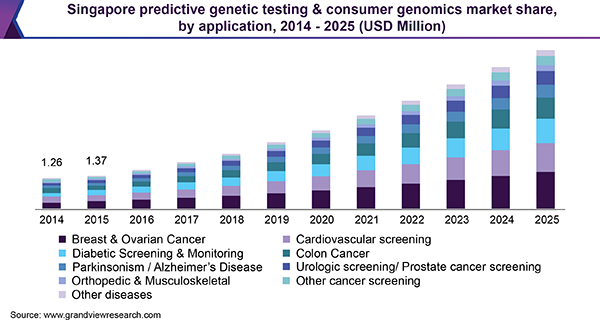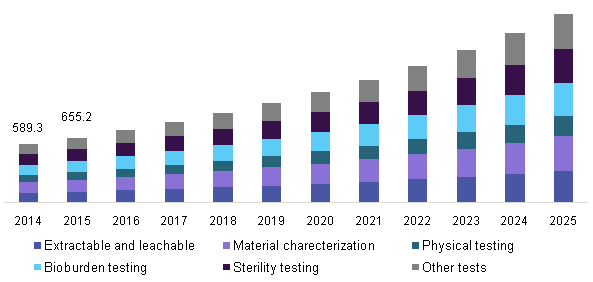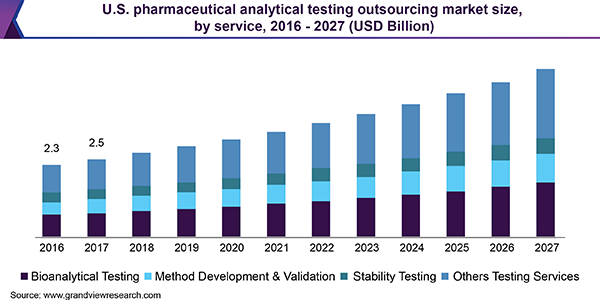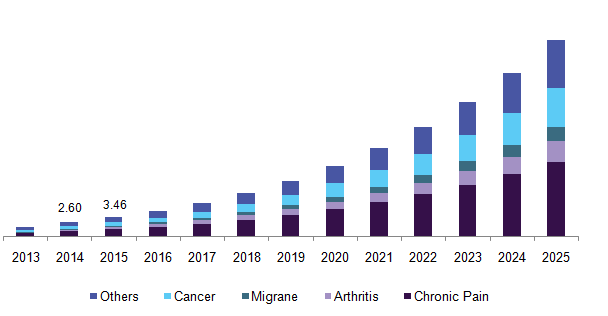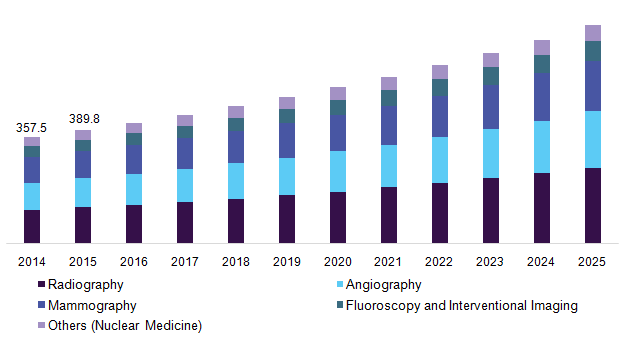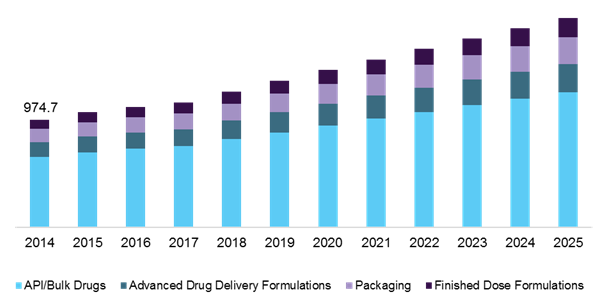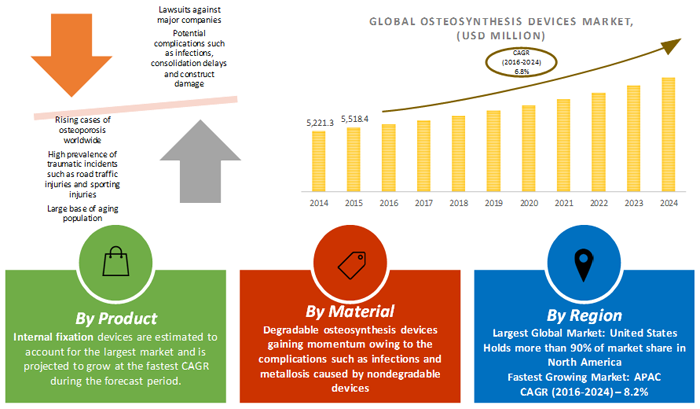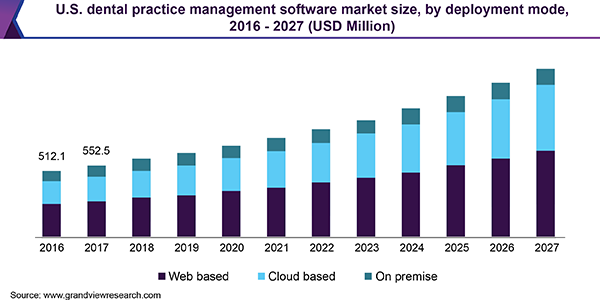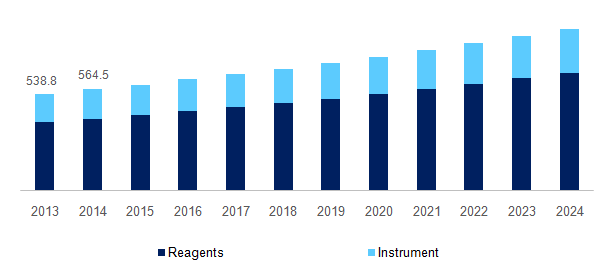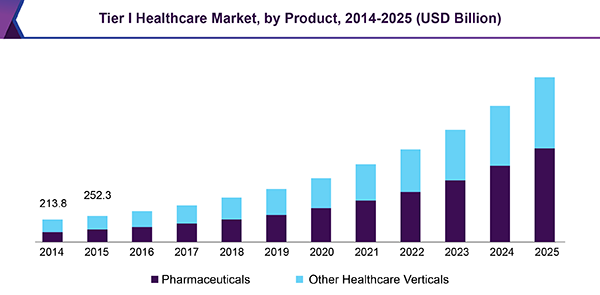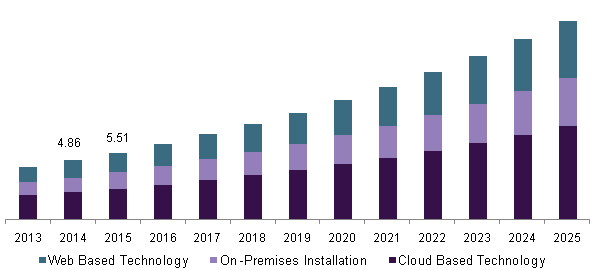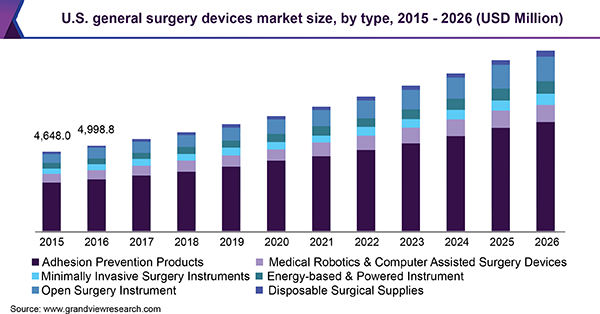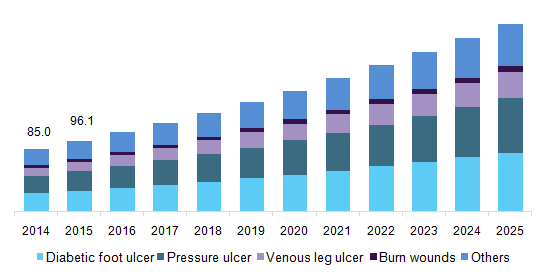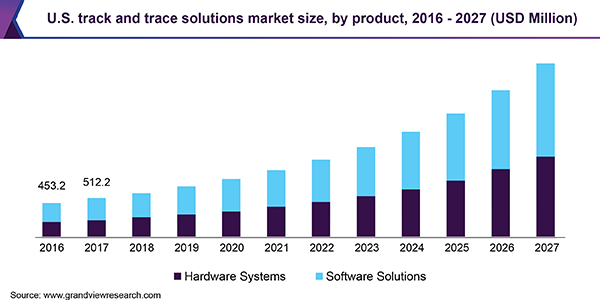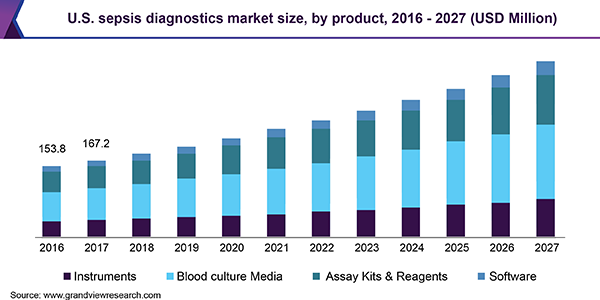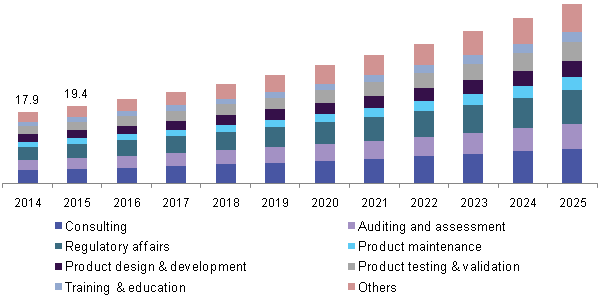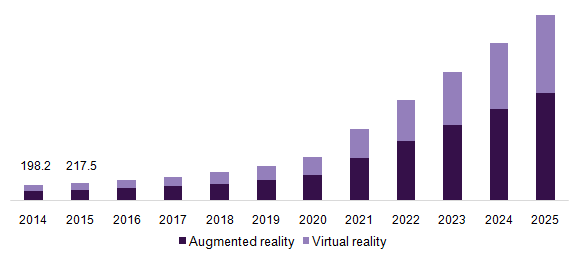JUN 2020| Report Format: Electronic (PDF)
Animal Genetics Market Growth & Trends
The global animal genetics market size is expected to reach USD 8.9 billion by 2026, according to a new report by Grand View Research, Inc. exhibiting a CAGR of 4.9%. The market for animal genetics is anticipated to witness rise in demand owing to factors such as increasing consumption of animal proteins and rapid global urbanization. To fulfill the continuously rising demand, the preference for genetics to breed high-quality livestock and secure large production has increased. The demand for animal genetics has increased over the years, owing to rise in various animal diseases, increasing prevalence of zoonotic diseases, and rise in adoption of pets & companion animals.
According to Food and Agriculture Organization (FAO) publication 2017, livestock contributes almost 40% to the global value of agricultural output, and it supports food security and livelihood of more 1.5 billion people worldwide. However, the increasing land requirement for these animals and grazing is a major environmental concern. Public awareness regarding such concerns is a major reason leading to the shift toward white meat and vegan lifestyle, impeding growth of animal genetics. However, increasing support and research by government organizations to improve productivity is aiding growth. For instance; Animal Improvement Program Launched in 2014, by Animal Genomics and Improvement Laboratory (AGIL), which is an agricultural research service organization of USDA. The program aims at improving productivity and efficiency of dairy animals & ruminants.
The market follows the standards set by International Society of Animal Genetics (ISAG) and leading animal research laboratories such as The University of California Davis (U.C. Davis). The ISAG standard panel consists of 18 STR markers, and any company in animal genetics needs to follow the panel and standards set by the authorities. The need for high investments in development of new technology and the duration of product launch are some of the major factors resulting in steady growth. However, increasing population is expected to pose an ongoing challenge due to rise in the need for animal protein, aiding developments in the market.
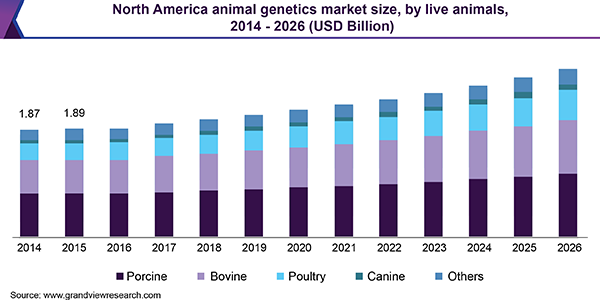
Animal Genetics Market Report Highlights
- Porcine segment was the largest revenue-generating segment in 2018, owing to increasing consumption of pig meat in the European countries
- The embryo segment accounted for the largest revenue share, based on genetic material, in 2018, owing to the large numbers of embryos produced and sold in countries such as France, Canada, Brazil, and Spain
- In the services segment, the genetic diseases testing segment accounted for the largest share in 2018 and is expected to maintain its dominance throughout the forecast period
- The North American animal genetics market is the leading region and accounted for the largest revenue share in 2018, mainly due to existence of significant number of research and development activities in the region
- The Asia Pacific region is expected to grow at the highest rate during the study period. Growing population coupled with increasing demand for animal protein is a major factor aiding regional growth
- Some of the major players are Genus Plc; Envigo Corporation; Topigs Norsvin; CRV Holding B.V; Groupe Grimaud La Corbiere SA; Hendrix Genetics BV; Neogen Corporation; Zoetis, Inc; URUS; and Animal Genetics, Inc.
